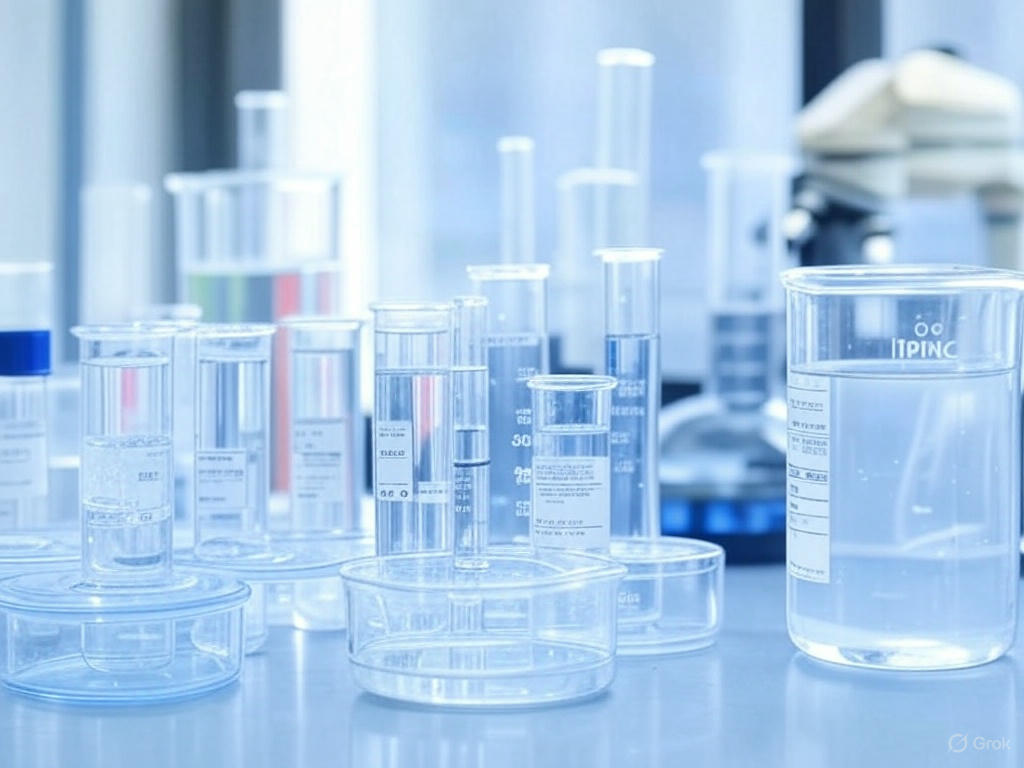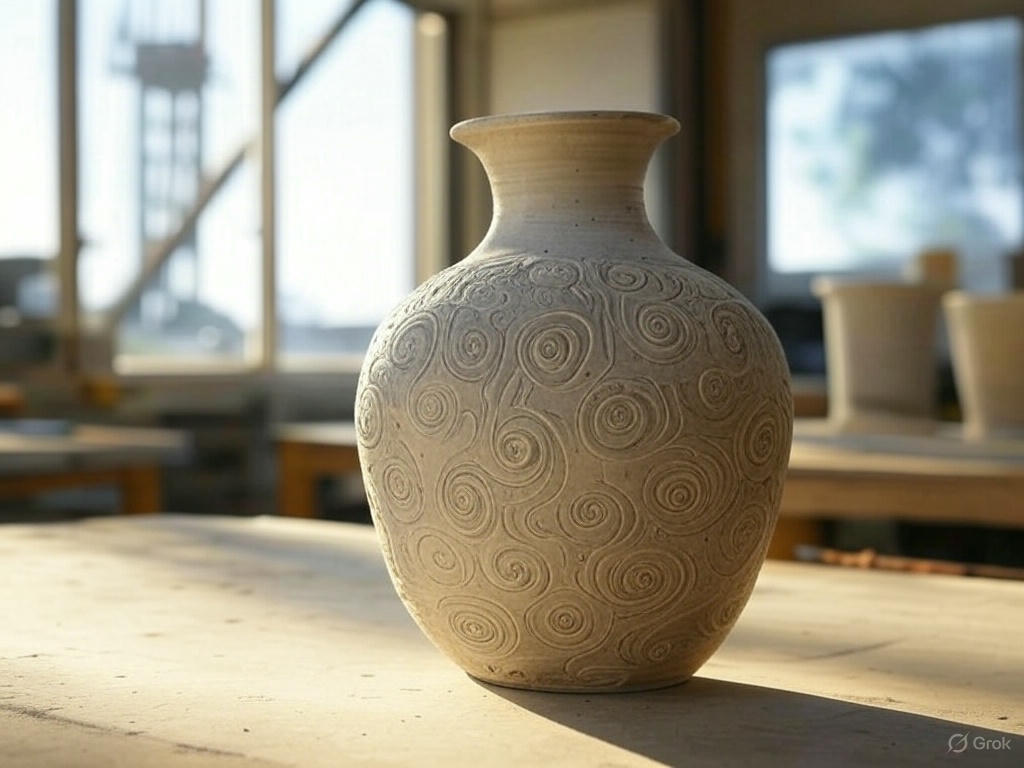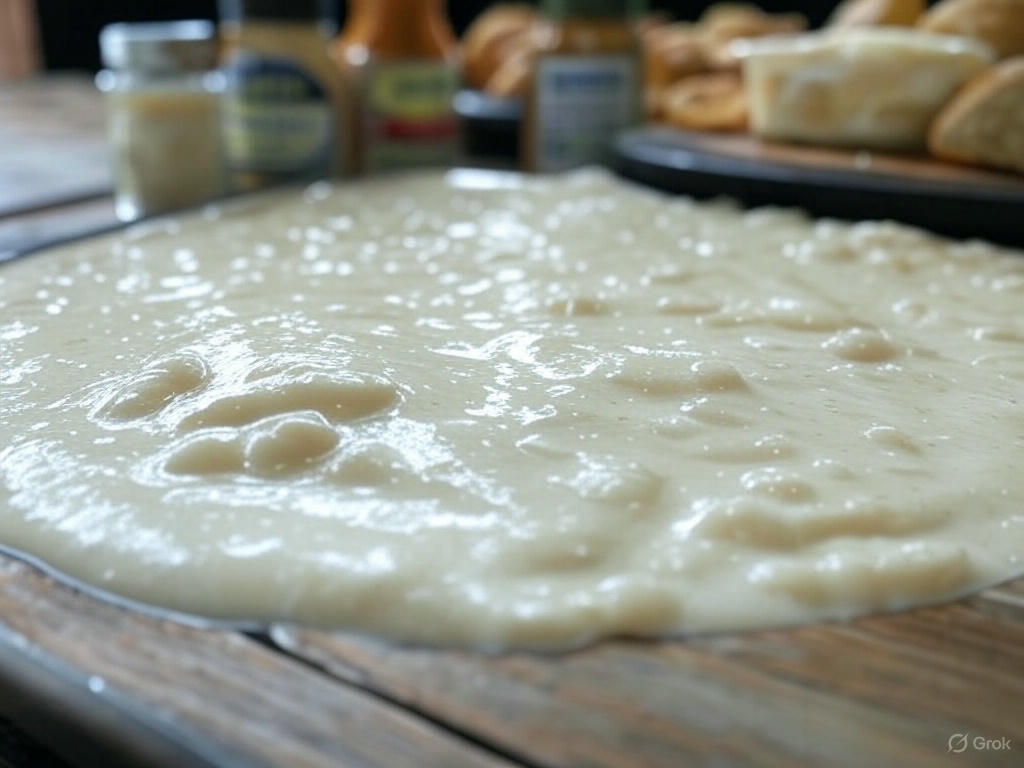Hydroxyethyl Cellulose (HEC) and Carboxymethyl Cellulose (CMC) are both water-soluble cellulose derivatives used as thickeners, stabilizers, and rheology modifiers across industries like food, pharmaceuticals, construction, and personal care. While they share some functional similarities, their chemical makeup and properties differ significantly.
Chemical Structure
- HEC: A non-ionic polymer made by reacting cellulose with ethylene oxide, adding hydroxyethyl groups. This neutral charge gives it broad compatibility.
- CMC: An anionic polymer formed by reacting cellulose with chloroacetic acid, introducing carboxymethyl groups. Its negative charge influences its behavior in solutions with salts or ions.
Solubility
- HEC: Soluble in both cold and hot water, with no gelation or precipitation at high temperatures. It maintains consistent performance across a wide temperature range.
- CMC: Typically soluble in cold water (some grades dissolve in hot water depending on substitution degree), but it can precipitate in the presence of high salt concentrations or divalent cations like calcium due to its ionic nature.
Ionic Nature and Compatibility
- HEC: Non-ionic, making it highly tolerant to salts, electrolytes, and pH variations. It’s less reactive with charged particles, ideal for complex formulations.
- CMC: Anionic, which enhances its binding and stabilizing abilities in low-salt environments but makes it sensitive to high ionic strength or multivalent ions, potentially causing precipitation or reduced viscosity.
Thickening Efficiency
- HEC: Offers excellent thickening at low concentrations, with smooth, predictable viscosity. It’s widely used where stable, high viscosity is needed, like in paints or shampoos.
- CMC: Also an effective thickener, but its viscosity can drop in high-salt conditions or acidic environments (below pH 4). It excels in food and pharmaceutical applications needing gel-like textures.
Water Retention
- HEC: Provides good water retention, roughly twice that of methyl cellulose, making it useful in coatings and adhesives where moisture control is key.
- CMC: Superior water-binding capacity due to its carboxymethyl groups, often outperforming HEC in applications like food (e.g., ice cream) or construction (e.g., mortars), where retaining water is critical.
Thermal Stability and Gelation
- HEC: Does not gel thermally, maintaining stability and viscosity even at high temperatures. This suits it for processes requiring consistent flow.
- CMC: Some grades can form gels when heated, depending on substitution and concentration, while others remain stable. Its thermal behavior is less predictable than HEC’s.
pH Sensitivity
- HEC: Stable across a wide pH range (typically 2–12), unaffected by acidity or alkalinity, making it versatile for diverse formulations.
- CMC: Best at pH 6–10; below pH 4, it may lose solubility or viscosity due to protonation of carboxymethyl groups, limiting its use in acidic systems.
Applications
- HEC: Common in paints, coatings, adhesives, and personal care (e.g., shampoos, lotions) for its thickening, film-forming, and salt-tolerant properties. It’s a go-to rheology modifier in water-based systems.
- CMC: Widely used in food (e.g., thickener in sauces, stabilizer in ice cream), pharmaceuticals (e.g., binder in tablets), toothpaste, and construction (e.g., mortars) for its water-binding and stabilizing effects.
Film-Forming and Mechanical Properties
- HEC: Forms flexible, water-soluble films with good clarity, useful in coatings or cosmetics. It’s less brittle than CMC films.
- CMC: Creates stronger, more rigid films due to ionic interactions, often used in edible coatings or pharmaceutical tablets, though they may dissolve more readily in water.
Cost and Availability
- HEC: Generally more expensive due to its production process and specialized applications, but its stability justifies the cost in high-performance formulations.
- CMC: Often cheaper and more widely available, especially for food-grade uses, making it a cost-effective choice for large-scale applications.
Practical Considerations
- HEC: Ideal for formulations needing salt tolerance, pH flexibility, and thermal stability—like cosmetics or paints in variable conditions.
- CMC: Better for water-heavy, low-salt systems where ionic binding or gelation is desired, such as food products or cement mixtures.
In short, HEC is the choice for non-ionic stability and versatility across tough conditions (e.g., paints, personal care), while CMC excels in ionic, water-retention-focused roles (e.g., food, pharma, construction). Your pick depends on the environment—salt levels, pH, temperature—and the desired texture or stability.




